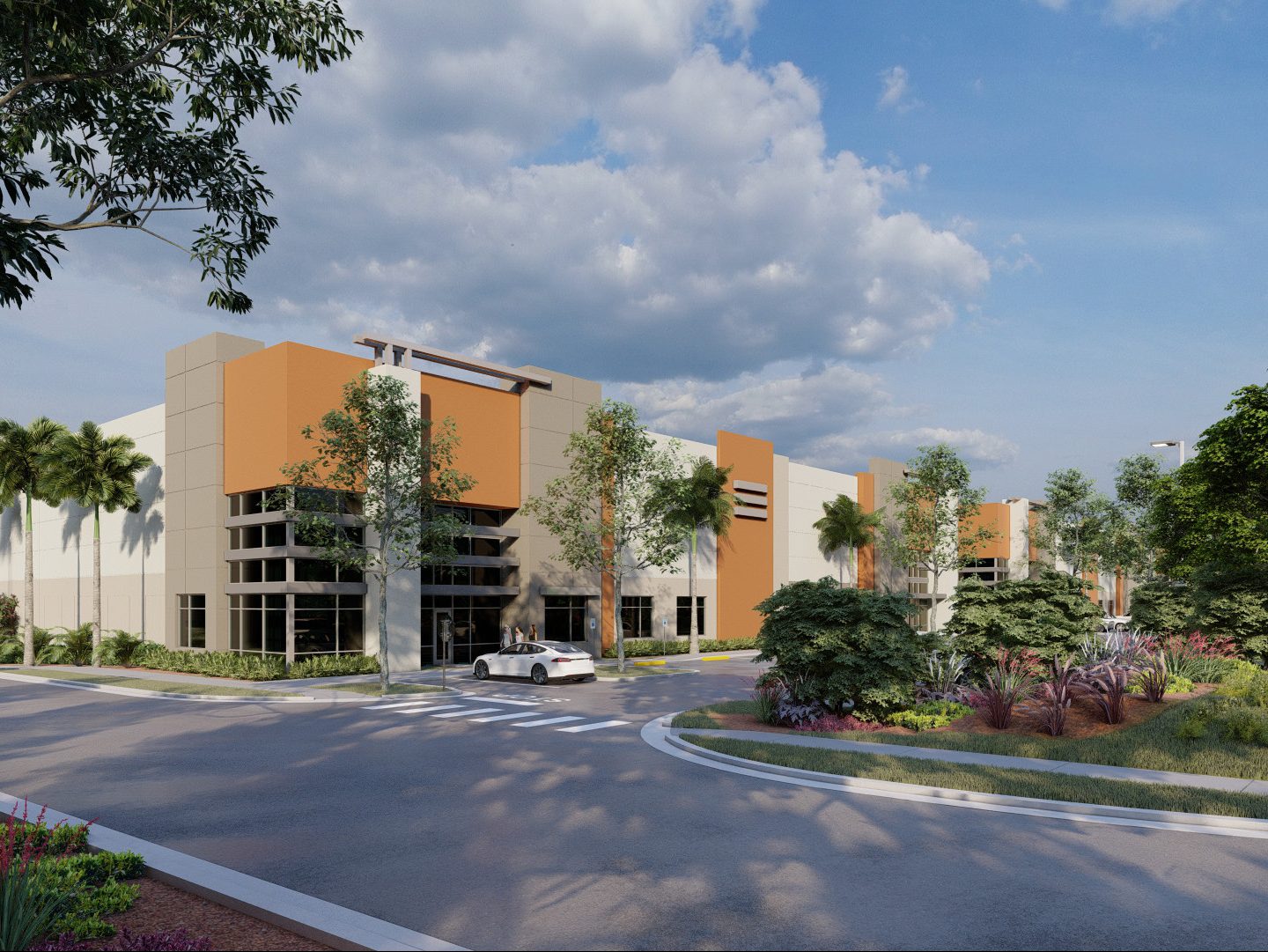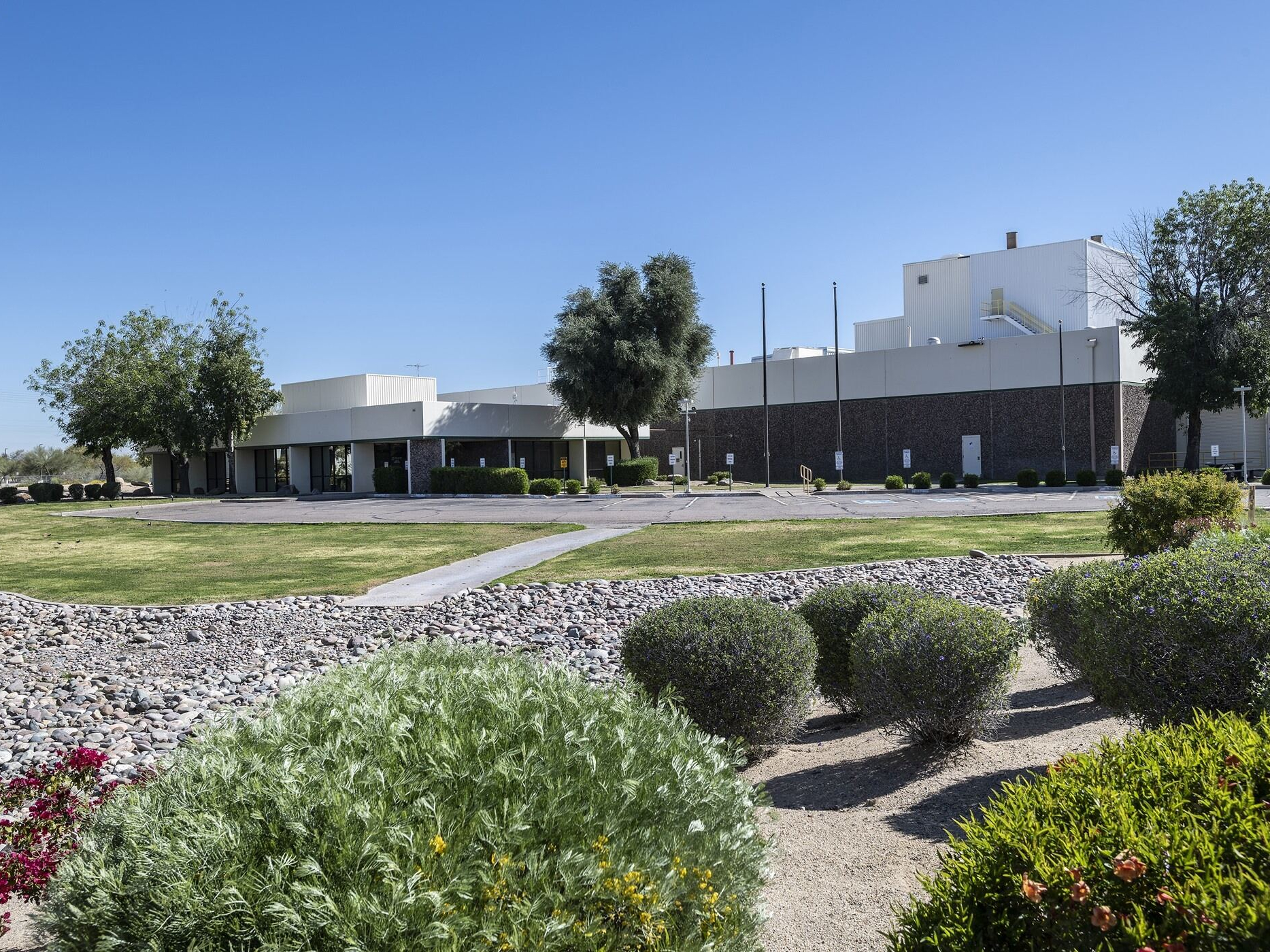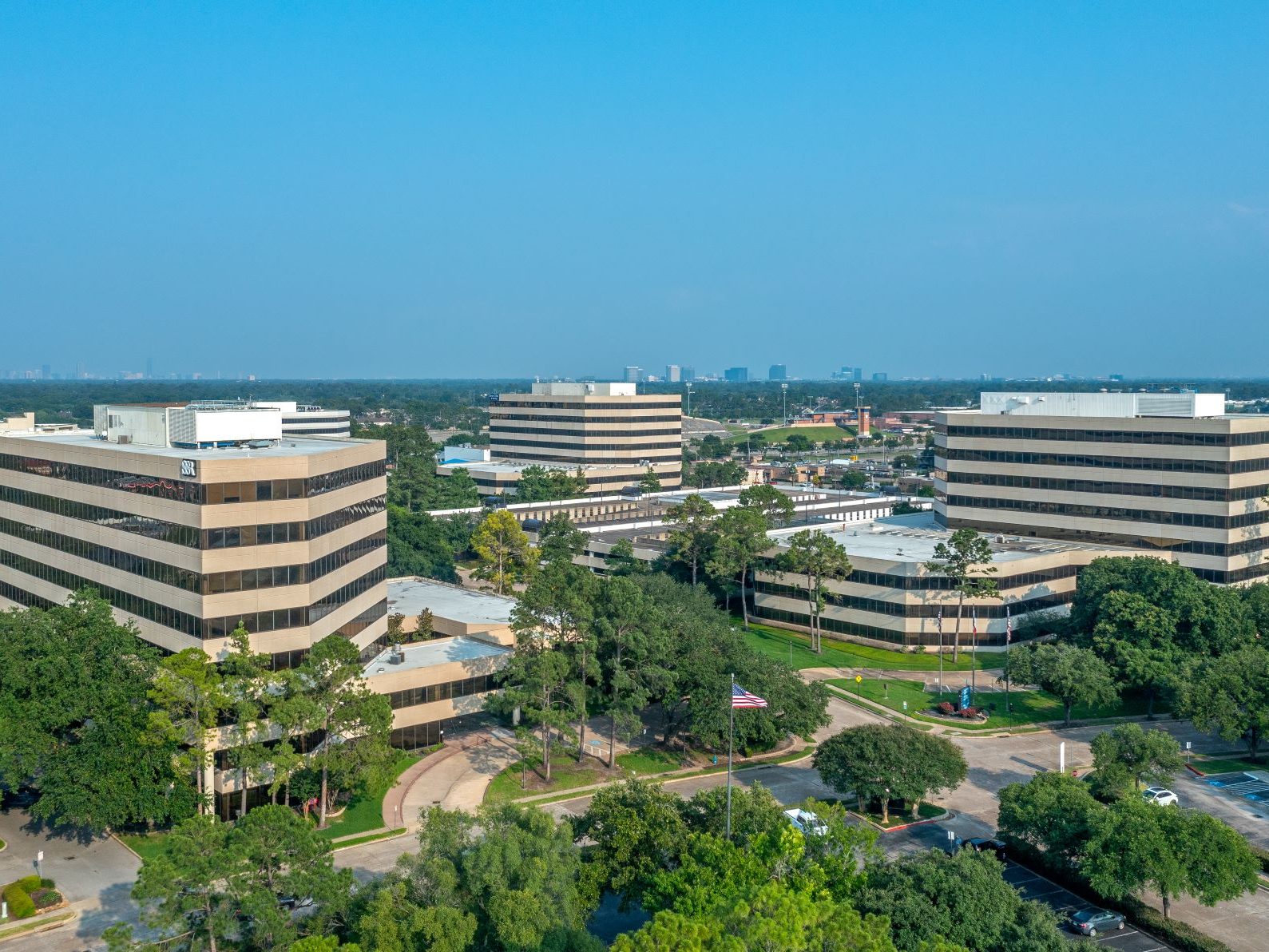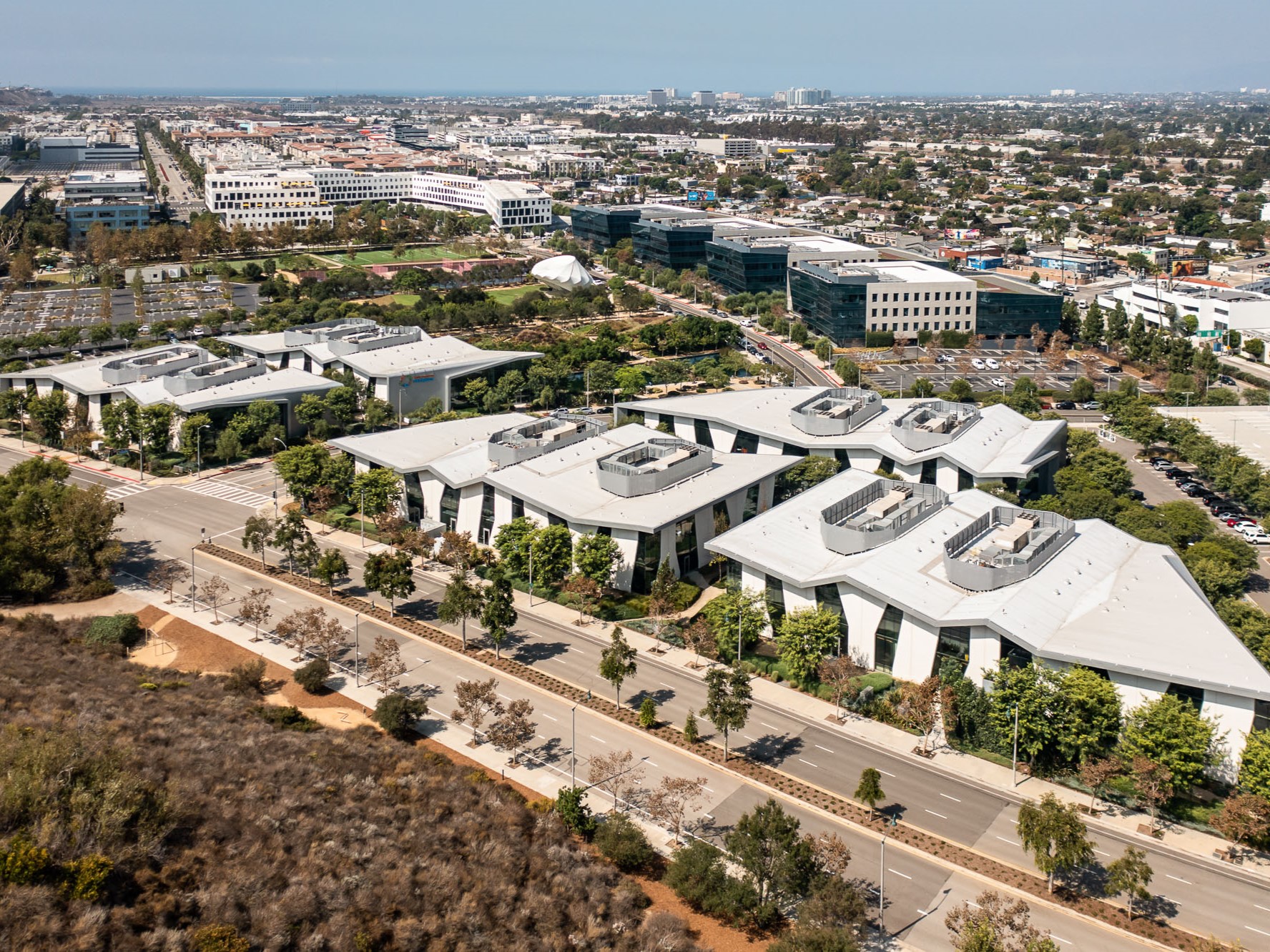What You Need to Know About CRE in 2020
In the second article of our 2020 outlook series, The Fallon Co. President Michael Fallon outlines the opportunities arising in the current business climate and shares his predictions for the year ahead.
Yet another good year for commercial real estate investment is about to end, experts agree, and momentum across the market is expected to maintain. Industry research paints an optimistic picture for the next 12 months, with growth in office, retail, logistics and other sectors. Total investment volume is anticipated to range between $478 billion and $502 billion, down 5-10 percent from 2019 but still high enough to become the strongest year on record, CBRE’s most recent outlook report shows.
The Fallon Co. recently made headlines with the sale of One Marina Park Drive office tower, one of its developments in Boston, for $482 million. In an interview with Commercial Property Executive, The Fallon Co. President Michael Fallon outlined the opportunities arising in the current business climate and shared his predictions for the year ahead.
How did the commercial real estate sector in the U.S. perform this year?
Fallon: The commercial real estate market continues to show strength. In our markets, we saw fewer transactions, but higher sales volumes. It seems that investors are looking to write bigger checks for core assets and are willing to pay a premium for assets with growth potential relative to years past. Boston is experiencing continued growth in construction costs, leading some investors to look towards value-add assets or core plus assets. We continue to see interest for commercial office and life science development in Boston, with an ever-growing investor profile in Charlotte and Raleigh, N.C. Recent trades in Charlotte have pushed pricing above $500 per square foot and rents have comfortably eclipsed $40 per square foot. In Boston, we are seeing commercial office rents in the $70-80 NNN range for new product in A locations.
Across the board, we expect residential rental rate growth to slow and we expect that a number of residential deliveries will continue to put downward pressure on rental rates growth. Hospitality assets maintain stable yields, but B hotels in gateway cities will likely see increased competition from A hotels willing to drop rate in return for occupancy.
READ ALSO: CBRE 2020 CRE Outlook Is Optimistic
What are the most important trends in the market today?
Fallon: We continue to see extremely low cap rates for Class A office space in downtown locations. Prices remain high and as long as pools of money remain allocated for this asset class, we do not expect any slowing in demand from investors.
Low interest rates and worsening projections for GDP growth continue to drive momentum into real estate. Additionally, we have seen a number of buyers emerge, who are looking to harvest appreciation from longer term assets and exchange into smaller scale residential and commercial. Drivers we’re tracking include a looming decrease in GDP growth, uncertain political landscape, increased need for cash flowing assets by investors, as well as increased competition interest for fixed-income assets and instruments which have kept hedging costs low and driven down yields on all asset classes.
Rising construction costs is a key trend that’s creating near-term challenges for ground-up development. Continued rent growth has supported favorable project economics. However, this growth is slowing in some markets and should be forecasted conservatively. On the capital markets side, we continue to see historic levels of institutional capital allocated to commercial real estate, a trend we predict will continue to define the investment landscape.
 Name a few emerging markets. What are the pros and cons for each?
Name a few emerging markets. What are the pros and cons for each?
Fallon: Raleigh-Durham has fabulous institutions, a business-friendly government, educated and affluent workforce, great quality of life and affordability. However, the 18-hour city dynamics have yet to emerge, with car-centric policies adding headwinds to urbanization.
San Diego has good weather, high quality of life, UCSD and military presence, so there’s relatively long runway for urban development. On the other hand, cons would be: the infrastructure, lack of major headquarter tenants and the challenging regulatory environment.
Las Vegas has fantastic infrastructure, a growing social environment—think about NFL Raiders and NHL Golden Knights—an increasing community feel rather than transient, low-cost of living and great weather. Despite all these, the proximity to schools and higher education is not that good.
Connecticut is another market to watch. The opportunity to buy properties below replacement cost, its geographic importance for logistics and industrial, the good quality of life, proximity to other major metros and the multitude of transit options are all appealing. However, some policy decisions are driving out businesses, the cost of living is high, the infrastructure needs improvements and the regulatory environment is challenging.
READ ALSO: Can ‘Unprecedented’ Industrial Growth Continue?
What types of developments are in high demand now?
Fallon: Large scale mixed-use developments are in high demand because they provide the opportunity to spread risk to several asset classes with differing correlations to the economy. They allow for larger checks to be written and easily deploy large amounts of capital. From the end-user perspective, they are the most likely to attract headquarter tenants whose employees want a live-work-play environment. These projects also enable the developer to gain efficiencies in parking and other common infrastructure.
Additionally, industrial and logistics portfolios are in high demand. These investments are lower risk due to lower construction costs and an expectation that rents will continue to grow. In some cases, these portfolios offer the potential upside for redevelopment, should demographic migration and economic momentum play out favorably in the immediate area.
Name the amenities you consider to be a magnet for tenants.
Fallon: Amenities that enhance workers’ productivity and overall well-being at the office are top priorities for employers. As such, projects that offer a strong a mix of health, wellness and connectivity options are appealing to office users. These amenities, in addition to proximity to transit, retail and open space, create an environment that can serve as a talent recruitment and retention tool for employers. Outdoor options and multipurpose spaces where people can gather and connect to collaborate are also in strong demand as companies look for opportunities to provide a compelling work/life balance for their employees.
For employers, access to transportation, infrastructure and a deep talent pool that they can attract and retain are the top priorities. It’s our job as developers to create spaces that satisfy these needs for tenants.
 What do we need to know about community-oriented developments?
What do we need to know about community-oriented developments?
Fallon: Genuine engagement with the community is something that should happen from the beginning of any development. We believe that collaborating with the community is fundamental to a project’s success and serves as a key input in the planning process. After a project is built, it’s important to follow through by creating programs and events that bring the community together and activate the space. Similarly, when mapping retail opportunities within a mixed-use neighborhood, we look to create a destination that draws in visitors after work hours. This vitality at the ground level is a crucial element to community-centric urban design.
Should developers prepare for an economic downturn in 2020?
Fallon: Developers should plan for a slowdown in macro fundamentals, but certain assets in specific markets will feel less pain. Oversupply may show itself in 2021 and 2022, giving investors a chance to resolve potentially troubled assets. We will need a slowdown to determine which developments, of those currently on the books, will realistically move forward. Then we will have a better sense of the true development pipeline in the short term.
As far as asset types, the health-care and life sciences sectors are undergoing dramatic shifts and will continue to create opportunities for developers even through a recession.
READ ALSO: Tech Takes Center Stage in Deloitte’s 2020 Outlook
How will the commercial real estate sector look next year?
Fallon: We think urbanization is here to stay. We expect to see continued densification around major transit nodes, including the suburbs. With pricing in many downtowns at above all-time highs, there are strategic opportunities for mixed-use development beyond the urban core.
From a design perspective, technology will serve an increasingly important role in the workplace as it relates to optimizing the tenant experience and the performance of a building. With a significant pipeline of commercial space planned in many markets, developers will continue pushing the envelope to create the most desirable amenities and work environment for prospective tenants.
The availability and cost of capital will continue to be an important variable to watch closely. Given the upcoming elections and global economic uncertainty, it will be interesting to see how capital markets react.








You must be logged in to post a comment.